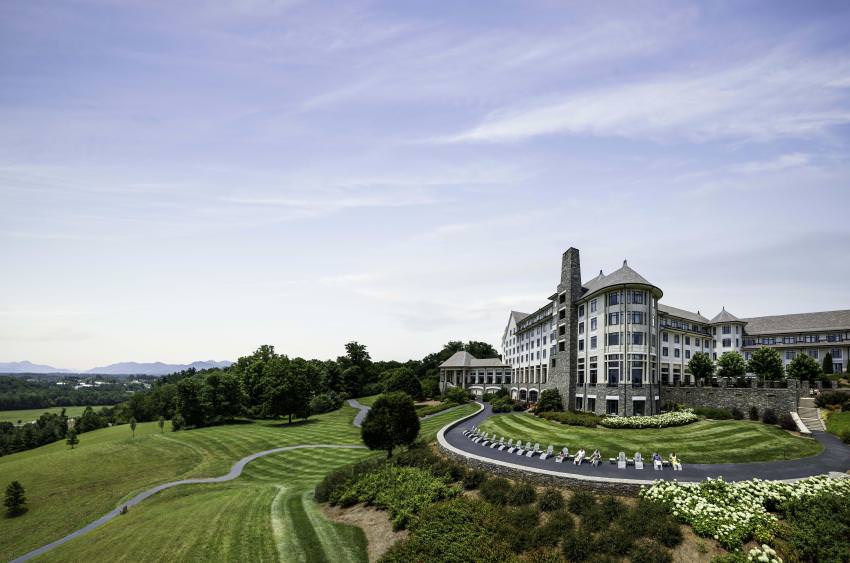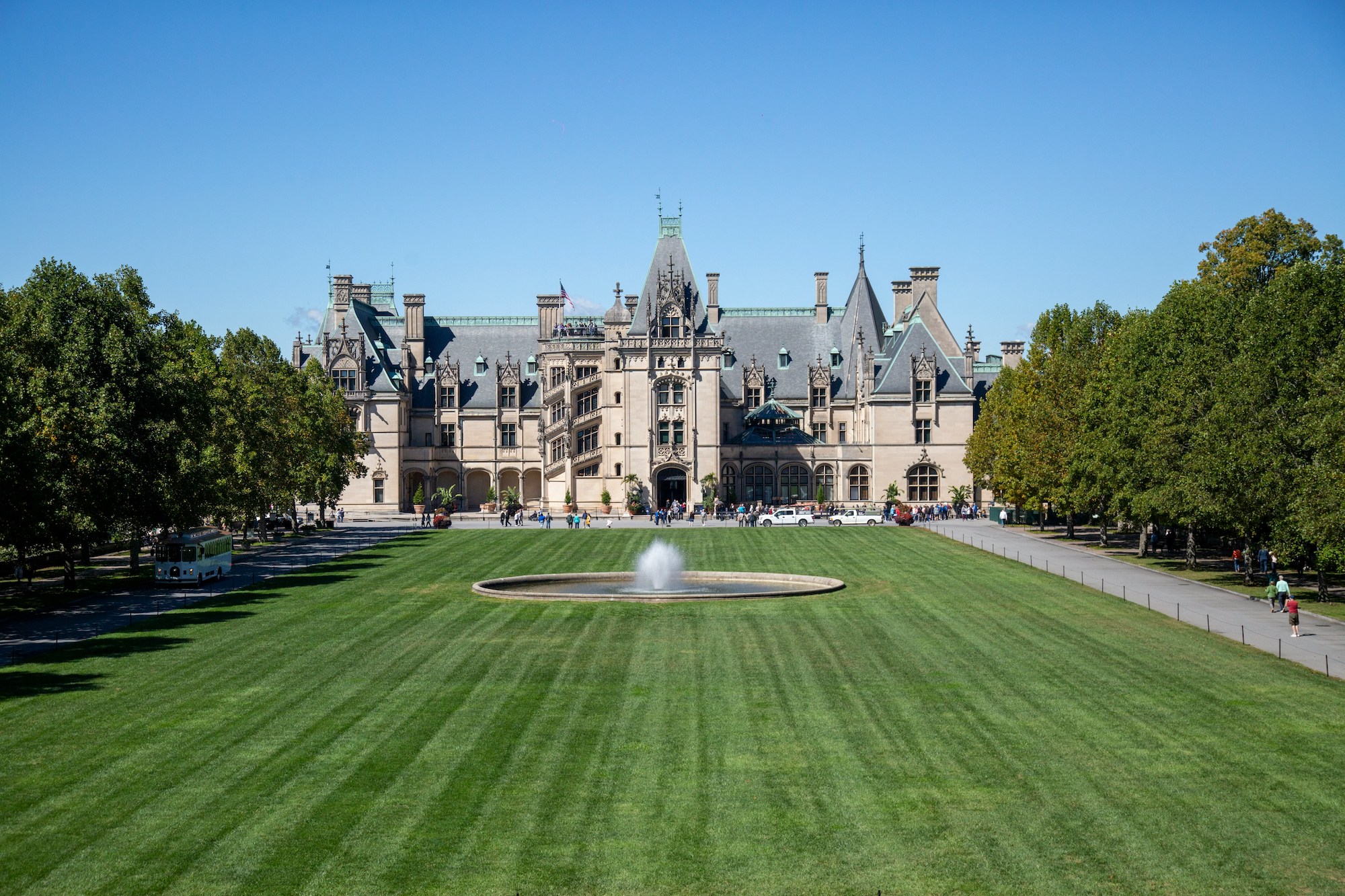Asheville’s big backyard—encompassing the highest mountains of the Southern Appalachians and some of the Southeast’s grandest, wildest natural scenery—comes famously well-endowed with waterfalls. A wet climate and rugged landscape supply the necessary ingredients for plentiful plunges and cascades. These hydrologic wonders are worth visiting any time of year, but you can make a solid argument they’re never more striking than in winter. This isn’t the easiest season to reach some Asheville-area waterfalls, given impacts of snow, ice, and mud on access roads and trails, but the reward for doing so is major.
Here’s a roundup (in no particular order) of eight incredible waterfalls worth tracking down in their winter incarnations:
Walker Falls

Photo Credit by @boondoggling_life on Instagram
Less than an hour northeast of Asheville in the waterfall wonderland of the Pisgah National Forest, Walker Falls lies right alongside FR 74, making it one of the more easily reached destinations on this list. Its 45-foot tumble is at its peak beauty in iced-over mode.
Douglas Falls

Photo Credit by @wvtourism on Instagram
Walker Falls lies on the way to the yet-more-impressive Douglas Falls, the base of which is about a half-mile walk off FR 74. Douglas Falls boasts a clean 70-foot plunge over a cliff face that tends to grow a shaggy and spectacular ice beard in winter.
Looking Glass Falls

Also within an hour’s drive or so of Asheville but to the southwest, Looking Glass Falls is also super-accessible, lying as it does right along the Pisgah’s Forest Heritage Scenic Byway. You can appreciate this broad, 45-foot waterfall from the parking area or pick your way closer along the trail. Either way, its icy winter bowl is a sight to behold.
Linville Falls

The multi-part Linville Falls, which culminates in a lower drop of some 45 feet, makes the magnificent head of the Linville Gorge northeast of Asheville. You can get a view of this impressive cataract by hiking from the visitor center off the Blue Ridge Parkway—sometimes closed due to weather in the winter—or from a Forest Service trailhead along Highway 221.
Crabtree Falls

Another Blue Ridge Parkway landmark, Crabtree Falls creates a very scenic horsetail cascade on Big Crabtree Creek. The falling, fanned-out sheet of Crabtree typically translates to some extensive and ornate ice formations on its rock face.
Mingo Falls

One of the great waterfalls of the Southern Appalachians, Mingo Falls—a Cherokee name translating to “Big Bear” Falls—lies on the Qualla Boundary of the Cherokee on the southeastern edge of Great Smoky Mountains National Park. Its 120-foot horsetail fan can form a massive sheet of frothy-looking ice in cold weather: an unforgettable sight.
Soco Falls

Photo Credit by @brittanyhelmstattoo on Instagram
Not far from Mingo Falls along the Blue Ridge Parkway near Maggie Valley, Soco Falls is another wintertime stunner. It’s one of the more unique falls on this list on account it encompasses the twin plunges of two streams whose waters merge below: a confluence waterfall, you might call it.
High Shoals Falls

Photo Credit by @ahikingdog on Instagram
About an hour-and-a-half east of Asheville in the isolated highlands of the South Mountains, High Shoals Falls marks a stunning 80-foot drop along the Jacob’s Fork River. Its mighty plunge and the bouldery cascades below are a must-see, but be careful on the boardwalk and stairs: They can be slippery any time of year, let alone winter.
Winter Waterfall-Hopping Out of Asheville

Whether or not there’s much snow on the ground, winter’s nippy temperatures—made nippier along waterfalls because of cold-air drainage down their canyons and ravines—create a natural masterpiece of these whitewater drops. Ice formed by spray and side channels creates intricate sculptures along and below the falls. Sometimes smaller cascades may essentially freeze entirely over, capturing their flow in the glistening glaze. The effect is altogether dreamlike and one of the highlights of the Southern Appalachians winter-scape.
Remember to always confirm road conditions and exercise sound judgment when trying to access the wintertime waterfalls of Asheville’s hinterland. Make it a goal to see all of the above when it’s safe to do so—and then come back again in late spring or summer to enjoy these awe-inspiring plunges in an entirely different seasonal look!




